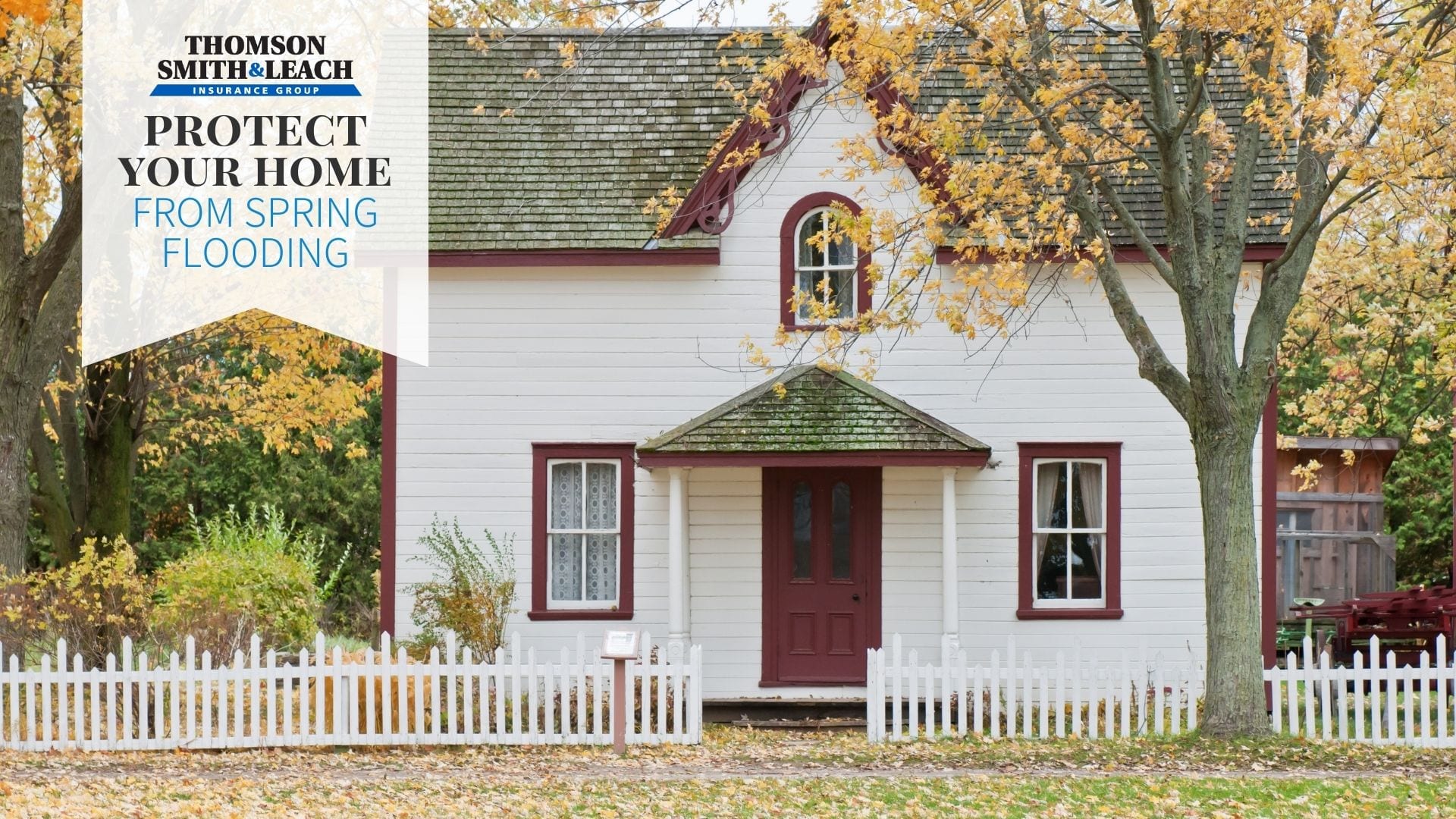It’s been quite a year. Not only has 2020 been incredibly noteworthy, those of us in South Louisiana, have had a legendary year of weather. No one could predict Louisiana facing 2-3 hurricanes in just one season, which is a typical time homeowners may fear flooding. Unfortunately, it’s not only during the Hurricane season, though, that we see storms that can cause flooding. The season of spring can also bring storms to your home. There is a reason we have the popular phrase “April showers bring May flowers”. Due to the storms in 2020, weather forecasters are expecting just as turbulent of a year when it comes to inclement weather. Now is the perfect time to revisit precautions you are taking to avoid extensive flooding damage to your home.
Purchase Insurance
Of course the best line of defense is choosing a local Lafayette insurance company to insure your home. This is going to protect the inside and outside of your home if damage were to incur due to the tragic event of flooding. Just because you may not be in a flood zone and your mortgage lender did not require flooding insurance, it is always the wisest choice to sign up for this sort of insurance. Especially if you are residing in Lafayette, Louisiana, our elevation is naturally below sea level and it is possible for your home to flood at any time, if a storm is strong enough.
You may want to dig a little deeper in the weeds of flood mapping and figure out the likelihood of flooding for your own peace of mind. The Fema Flood Map Service center features a search bar where you can plug your exact address and find out what kind of flood zone you currently live in. It also displays zone marking so you can get a good idea if your area is likely to flood or not. One thing you also want to pay attention to is the year that the map was made. It is possible the map is a few years older and no longer is reflecting accurate information.
Other Hacks to Protect Your Home
There are quite a few other ways you can protect your home, especially if you prepare before a storm hits.
- Clean out your gutters: It’s easy for debris and leaves to clog up your gutters, making it harder for water to pass through and recede.
- Consider investing in raising your home on stilts or piers: This is obviously best done before building your home, and while it is very expensive to do so retroactively, it can make a profound difference. If you are in an area prone to flooding, this may be a solution to consider.
- Check to see if your electrical outlets are at least one foot above your floor. If you flood and water is able to flow unchecked in your outlets, this can cause a significant problem and damage the electrical of your home. Again, if you are at risk of flooding, this may be something to look into re-doing.
- Where is your gutter pointing? You always want to make sure it is pointing away from your house, as opposed to making it easier for water to pool around and seep in.
- Leave plenty of space between your mulch and siding. You may not realize this, but mulch can rot your home’s siding, which leaves it open for leaks.
- Choose gate valves over pipe ones: In general you always want to make sure that you have valves on your pipes. Gate valves have been known to work best in flooding as they offer a better seal.
Using some or all of these proven methods will be sure to protect you during this rainy season. However, sometimes homeowners can do everything right and still have the misfortune of dealing with a flooded home. As scary as the thought is, just remember that this is when your flood insurance will protect your home and all the valuables you cherish most. Contact TSL, your local insurance agent, to find the best flood insurance policies at the most affordable rates, before the rainy spring season picks up in full swing. By implementing many of these precautions, you can experience more peace of mind that your property will be protected.


Recent Comments